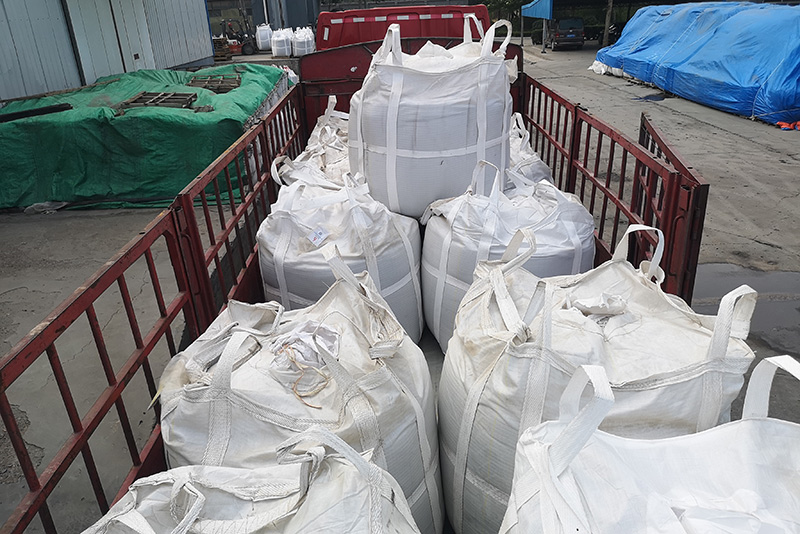Sanding 3D resin prints is an essential step in achieving a smooth, polished finish for your models. While resin printing captures intricate details, the surface texture often leaves something to be desired. This article will explore the techniques, tools, and best practices for effectively sanding your resin prints.
Firstly, it’s important to understand the properties of resin. Unlike FDM (Fused Deposition Modeling) prints, resin prints are created using liquid photopolymer that hardens under UV light. This process results in a bottom layer of smoothness, but the outer surface can sometimes be rough or contain supports that need to be removed. Sanding allows you to eliminate these imperfections and prepare the print for painting or further finishing.
Begin the sanding process by removing any support structures. It is advisable to use a sharp knife or hobby tool for this task. Once the supports are removed, examine the print to identify areas that need extra attention, like overhangs or layer lines.
When sanding, it is best to start with a coarser sandpaper (around 100-200 grit) to level out any significant imperfections. Work gently, applying even pressure to avoid gouging the resin. Use a sanding block or a finger for better control. After you’ve evened out the surface, gradually move to finer sandpaper (400-600 grit) to smooth out the surface further.
sanding 3d resin prints

Wet sanding is another technique worth considering, especially for finer finishes. By using water to lubricate the sandpaper, you can minimize dust and achieve a smoother surface. This method reduces the risk of scratching and allows for better control during the sanding process.
For those looking to achieve a glass-like finish, after wet sanding with fine grits, you can polish the print using a polishing compound and a soft cloth. This final step can elevate the appearance of your model, making it look professional and ready for display.
Don’t forget to wear a mask and goggles when sanding resin to avoid inhaling any dust particles
. Additionally, work in a well-ventilated area to minimize exposure to chemical fumes.In summary, sanding 3D resin prints is a crucial skill for any resin printer. By following these techniques and best practices, you can enhance the quality of your prints and achieve a stunning, polished look that truly showcases your craftsmanship. With patience and practice, your resin prints can transform from rough prototypes into beautiful, finished pieces.
Post time:Νοέ . 20, 2024 02:51
Next:Specifikace slévárenského písku
